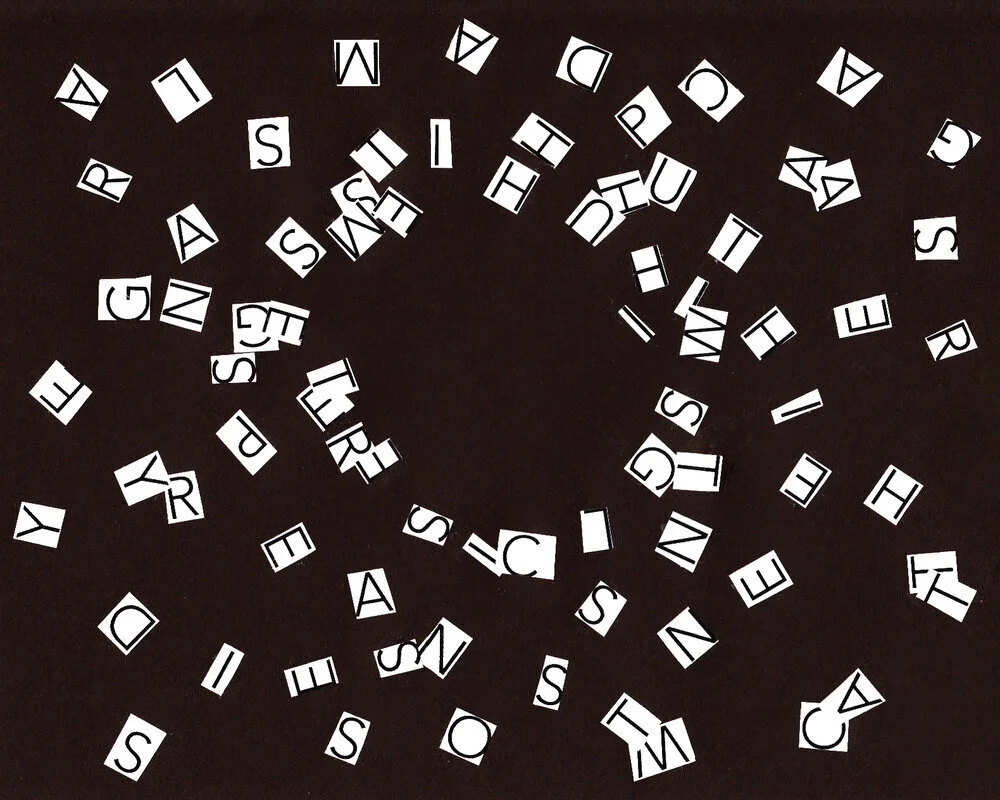I had never heard the term white habitus before Pastor/sociologist Oneya Okuwobi introduced me to the idea this past Sunday at church. I was telling her about my theory that company brands are modern-day receptionists. Like a receptionist, as Don Draper advises in Mad Men, a brand's job is to “manage people's expectations” (Weiner and Cleveland, 2008)…
Read MoreJune was the first time in a long time that I didn’t publish content on my website. That’s because I wasn’t convinced that what I might say was necessary, particularly in light of what needed to be spoken by my Black brothers and sisters in the design profession and beyond.
Read MoreFor the first assignment of Translational Research, a course I am taking at The University of Cincinnati, DAAP, the professor challenged students to research of a sensitive topic area. The results of the study were then to be translated into a product or service that we designed. The topic area that I selected is mortality. It’s relevant because previous research showed that young designers often neglect aging populations in project development. I hypothesized that thinking about old people might remind young people of their mortality, causing avoidance.
Read MoreThat an answer I hear most from design students when they describe their target audience. The problem with that answer is that it’s incredibly vague and unhelpful. For instance, I’m a millennial, and I’m 35 years old. I’m also a professional designer, adjunct professor, and working towards a master’s degree. More than my work, I hope to be a decent husband to my wife, pay attention to what’s spiritual, and nurture lifelong friendships.
Read More2019 was a great year. Here are a few highlights.
Read MoreResearch is hard. That’s what I’m learning as I simultaneously teach a lecture about design research and take a class about design research this semester (fall 2019) at the University of Cincinnati, DAAP. Why is research so hard? Because even though there are hundreds of six-step research (and design) models out there, the path to success is anything but linear.
Read MoreHow do designers begin to fix the problem of screen addiction? That was the challenge posed to my User-Centered Design class for their final assignment.
Read More



